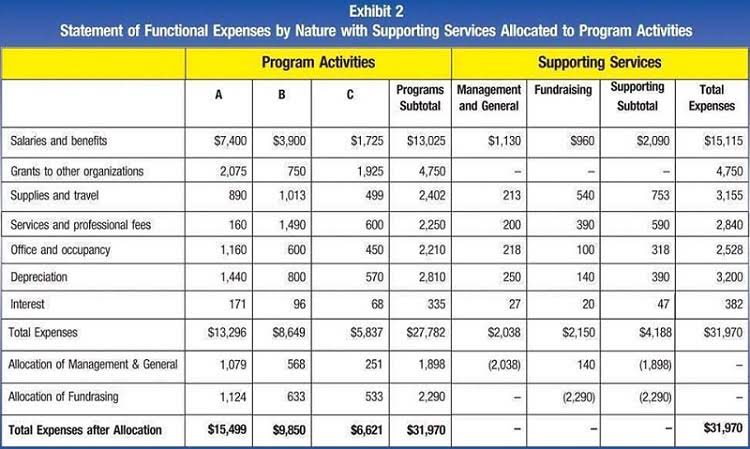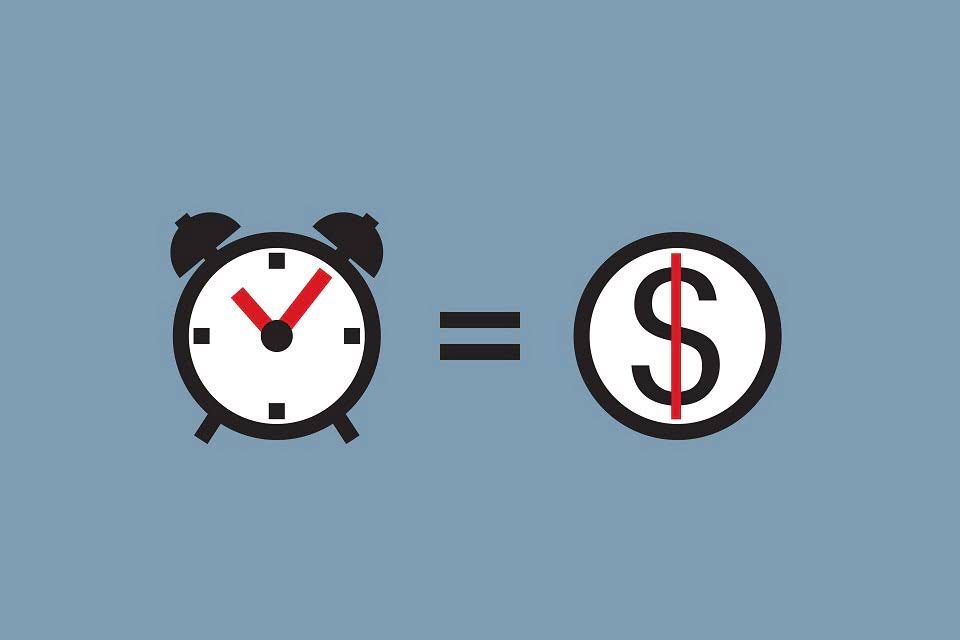
Bank reconciliation statements compare transactions from financial records with those on a bank statement. Where there are discrepancies, companies can identify and correct the source of errors. Interest is automatically deposited into a bank account after a certain period of time. So the company’s accountant prepares an entry increasing the cash currently shown in the financial records.

What Does Reconciliation of Bank Statements Mean and Why Is It Important?
There could be transactions unaccounted for in your personal financial records because of a bank adjustment. This may occur if you were subject to any fees, like a monthly maintenance fee or overdraft fee. For interest-bearing accounts, a bank adjustment could be the amount of interest you earned over the statement period. Reconciling your bank statement used to involve using a checkbook ledger or a pen and paper, but modern technology—apps and accounting software—has provided easier and faster ways to get the job done. Regardless of how you do it, reconciling your bank account can be a priceless tool in your personal https://www.bookstime.com/ finance arsenal. Maintaining accurate financial records makes it easier to organize your taxes when it comes time to file.

Failing to record all transactions:
Check that your financial transaction records include all payments and deposits for the transaction period, as well as the final balance. Accurate cash flow is essential for keeping a business running smoothly, so it’s important to be aware of all incoming and outgoing cash. A bank reconciliation is the process by which a company compares its internal financial statements to its bank statements to catch any discrepancies and gain a clear picture of its real cash flow. In accounting, a company’s cash includes the money in its checking account(s). To safeguard this critical and tempting asset, a company should establish internal controls over its cash. Your reconciliation period should always begin from the last time the account was reconciled or from the account’s opening if it’s never been reconciled.
- Furthermore, they reflect the actual position in terms of bank balance.
- For more details on how to resolve this read Why a bank account doesn’t reconcile.
- Banks can also make errors, and if the mistake can’t be identified, contact the bank.
- The bank service charge is erroneously omitted from the books, so it should be added to the check register.
- It’s recommended for a company to perform a bank reconciliation at least once a month.
- Direct debit payments of $500 automatically deducted from the account.
- So it makes sense to record these items in the cash book first in order to determine the adjusted balance of the cash book.
Bank Reconciliation: Purpose, Example, and Process
Whatever method you prefer, it’s important to keep solid records of every transaction to reconcile your bank account properly. After including all the amounts identified in Step 3, your statements should display the same final balance. If any discrepancies cannot be identified and reconciled, it may signal an error or risk of fraud which your company can investigate further. To do this, businesses need to take into account bank charges, NSF checks, and errors in accounting. Finally, compare your adjusted bank balance to your adjusted book balance.
- But this is not the case as the bank does not clear an NFS check, and as a result, the cash on hand balance gets reduced.
- They also help to detect any mistakes in cash book and bank statement.
- Company A issued $1,250 of checks to pay its creditors but they have not yet been cleared by the bank and deducted from the payer’s account.
- This can happen if you’re reconciling an account for the first time or if it wasn’t properly reconciled last month.
- Similarly, if a businessman deposits any checks on the last day of the month, these cheques may be collected by his bank and shown on his bank statement three or four days later.
By avoiding these common errors, you can ensure the accuracy of your organization’s financial records, make informed business decisions, and reduce the risk of financial issues. Regular reconciliation and review of financial records can help identify and resolve errors promptly, reducing the risk of financial issues. Not recording all transactions in the accounting system can lead to discrepancies between the balance sheet and the bank statement, making it difficult to reconcile. Check deposits can be challenging for businesses during reconciliation.
- The reconciliation process also helps you identify fraud and other unauthorized cash transactions.
- QuickBooks Online reconciled the bank statement items to arrive at the bank statement ending balance.
- Relationship-based ads and online behavioral advertising help us do that.
- Banks often record other decreases or increases to accounts and notify the depositor by mailed notices.
Step 2: Trace Deposits to the Register
Business owners regularly compare their records with bank transactions to ensure there are no errors. It is a best practice that enables them to check that their balance sheet numbers are accurate and match the bank statement. If any discrepancies or fraudulent charges are identified, the required changes are made to the balance sheet. Keeping accurate financial statements is the easiest way to simplify your bank reconciliation process.
How Often Should You Reconcile Your Bank Account?
QuickBooks Online reconciled the bank statement items to arrive at the bank statement ending balance. If you add all uncleared transactions to the statement ending balance, you’ll arrive at the register balance or the adjusted cash balance. For example, say ABC Holding Co. recorded an ending balance of $500,000 on its records. After careful investigation, ABC Holding found that a vendor’s check for $20,000 hadn’t been presented to the bank. It bank reconciliation also missed two $25 fees for service charges and non-sufficient funds (NSF) checks during the month. In order to prepare a bank reconciliation statement, you’ll need to obtain both the current and the previous month’s bank statements as well as the cash book.
Why Is It Important To Reconcile Your Bank Statements?

The reconciliation process also helps you identify fraud and other unauthorized cash transactions. As a result, it is critical for you to reconcile your bank account within a few days of receiving your bank statement. To reconcile bank accounts, compare your bank statement to your records, noting any discrepancies. Adjust your records to match the bank statement, considering deposits, withdrawals, fees, and errors. We’ll explore the definition of bank reconciliation, why it’s important, and a step-by-step process for performing bank reconciliations. We’ll also look at normal balance common sources of discrepancies between financial statements and bank statements to help you identify fraud risks and errors.